Introduction to Robot Soldering Tips
Robot soldering tips are integral components in automated soldering technology, designed to meet the demands of precision and efficiency in the metalworking industry. These specialized tips are engineered to fit seamlessly into robotic soldering arms, providing consistent and reliable solder joints for a variety of applications.
Types and Applications
The versatility of robot soldering tips is evident in their wide range of types, each suited for specific tasks. From fine-point tips for delicate electronic components to larger, flat tips for more substantial connections, the selection caters to diverse soldering needs. These tips are commonly employed in the assembly of circuit boards, automotive electronics, and in the manufacturing of metal components where precision is paramount.
Features and Materials
Robot soldering tips are crafted from high-conductivity materials such as copper, which is often plated with iron, nickel, or chromium to enhance durability and performance. The design of these tips ensures optimal heat transfer, a crucial feature for maintaining soldering efficiency. Additionally, the shape and size of the tips are meticulously designed to provide accurate alignment with the soldering points, which is critical in automated processes.
Advantages of Automated Soldering
The adoption of robot soldering tips in automated soldering systems offers numerous advantages. These include improved consistency in solder quality, increased production speeds, and reduced manual labor. Automation also minimizes the risk of human error, leading to a lower rate of defective products. Furthermore, the use of these tips contributes to a safer work environment by limiting workers' exposure to potentially hazardous fumes.
Selection Considerations
When selecting robot soldering tips, it is crucial to consider the compatibility with both the robot soldering system and the specific soldering tasks. Factors such as tip geometry, size, and thermal capacity play a significant role in the performance and outcome of the soldering process. It is also important to consider the longevity of the tips, as this affects the frequency of replacement and overall maintenance costs.
Conclusion
In conclusion, robot soldering tips are a key element in the realm of automated soldering, offering precision, efficiency, and reliability for various soldering applications. The selection of the appropriate tip type and material is essential for achieving optimal soldering results. As the industry continues to evolve, these components remain at the forefront of technological advancements, driving productivity and quality in metalworking processes.
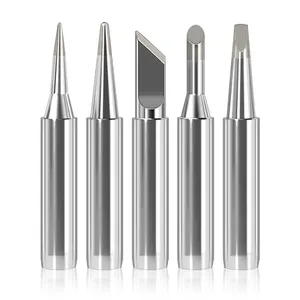


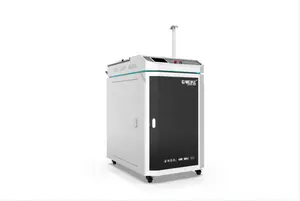






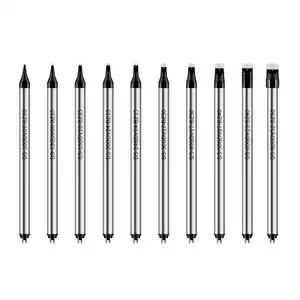

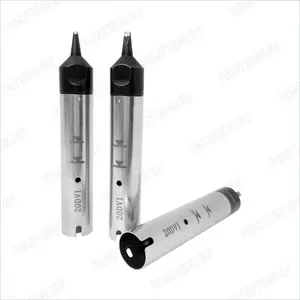















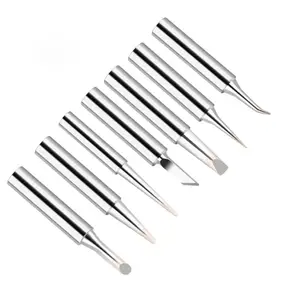


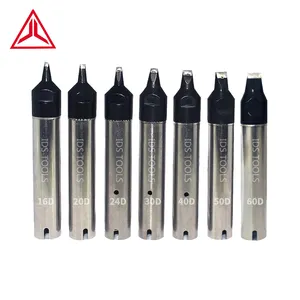






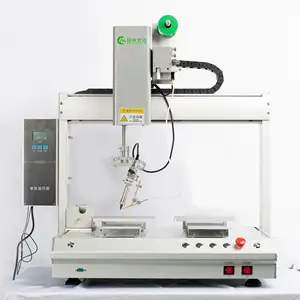








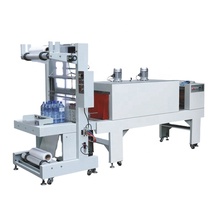



























 浙公网安备 33010002000092号
浙公网安备 33010002000092号 浙B2-20120091-4
浙B2-20120091-4